Innovative Product Development
The Dried Kiwi Fruit Market is benefiting from innovative product development that caters to evolving consumer tastes. Manufacturers are increasingly experimenting with new flavors, packaging, and blends that incorporate dried kiwi fruit. This innovation is crucial as it attracts a broader audience, including those seeking unique culinary experiences. Recent market analysis suggests that the introduction of new product lines, such as dried kiwi fruit snacks infused with superfoods, could enhance market growth. Additionally, the trend towards organic and natural products is influencing the development of dried kiwi fruit offerings, appealing to health-conscious consumers. As a result, the Dried Kiwi Fruit Market is likely to experience growth driven by these creative advancements.
Rising Demand for Healthy Snacks
The Dried Kiwi Fruit Market is experiencing a notable increase in demand for healthy snack options. As consumers become more health-conscious, they are actively seeking nutritious alternatives to traditional snacks. Dried kiwi fruit, rich in vitamins and minerals, offers a convenient and tasty option that aligns with this trend. Recent data indicates that The Dried Kiwi Fruit Market is projected to grow at a compound annual growth rate of approximately 5.5% over the next few years. This growth is likely to be driven by the increasing awareness of the health benefits associated with dried fruits, including their high fiber content and antioxidant properties. Consequently, the Dried Kiwi Fruit Market stands to benefit significantly from this shift in consumer preferences towards healthier snacking options.
Expansion of E-commerce Platforms
The Dried Kiwi Fruit Market is witnessing a surge in online sales, driven by the expansion of e-commerce platforms. With the rise of digital shopping, consumers are increasingly turning to online retailers for their grocery needs, including dried fruits. This trend is supported by data showing that e-commerce sales in the food sector have been growing steadily, with projections indicating a potential increase of 20% in online grocery sales over the next few years. The convenience of purchasing dried kiwi fruit online, coupled with the ability to access a wider variety of products, enhances consumer engagement. As a result, the Dried Kiwi Fruit Market is likely to see a significant boost in sales through these digital channels, making it essential for businesses to optimize their online presence.
Sustainability and Ethical Sourcing
The Dried Kiwi Fruit Market is increasingly influenced by sustainability and ethical sourcing practices. Consumers are becoming more concerned about the environmental impact of their food choices, leading to a preference for products that are sustainably sourced. Dried kiwi fruit, when produced through environmentally friendly methods, appeals to this growing demographic. Data suggests that brands emphasizing sustainable practices are likely to see a rise in consumer loyalty and sales. As the demand for ethically sourced products continues to grow, the Dried Kiwi Fruit Market must adapt to these expectations, potentially enhancing its market position by prioritizing sustainability in production and distribution.
Increased Awareness of Nutritional Benefits
The Dried Kiwi Fruit Market is experiencing growth due to increased awareness of the nutritional benefits associated with dried kiwi fruit. As consumers become more informed about the health advantages of incorporating dried fruits into their diets, the demand for such products is likely to rise. Dried kiwi fruit is known for its high vitamin C content, dietary fiber, and antioxidants, which contribute to overall health. Recent studies indicate that consumers are actively seeking foods that support their immune systems and digestive health. This trend is expected to drive sales in the Dried Kiwi Fruit Market, as more individuals recognize the value of including nutrient-dense snacks in their daily routines.


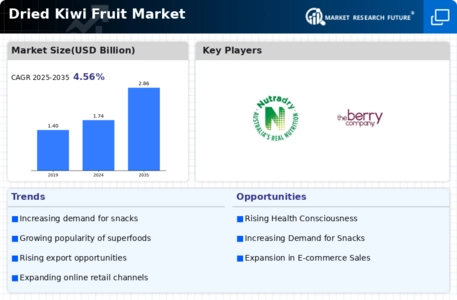
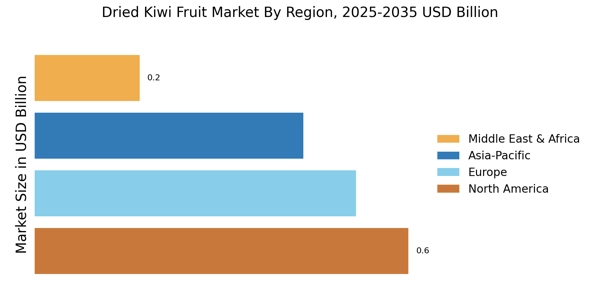
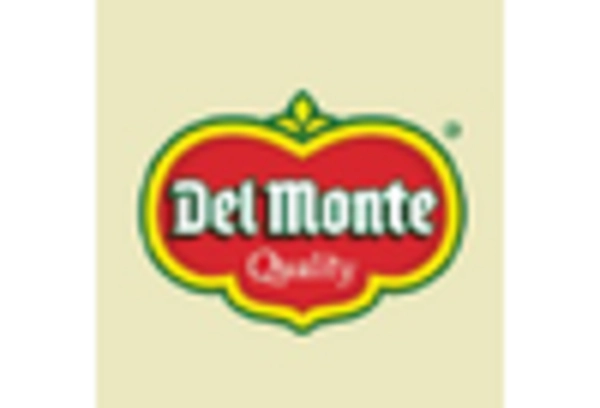
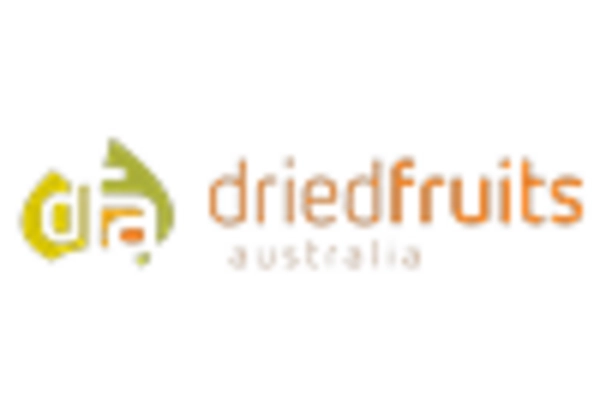
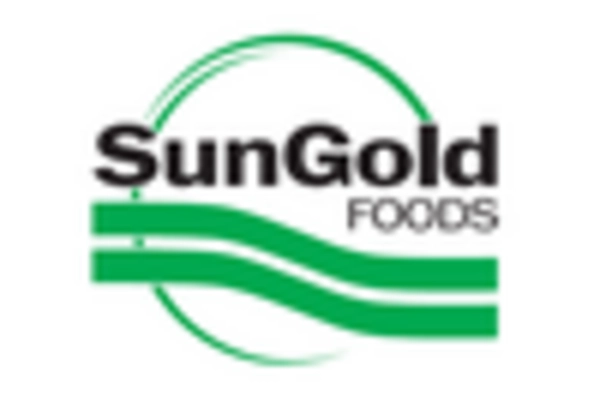
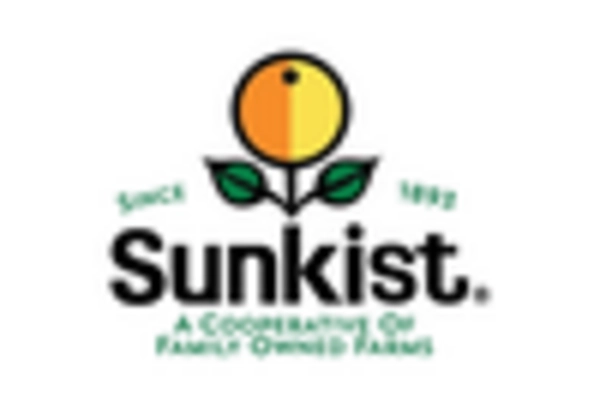
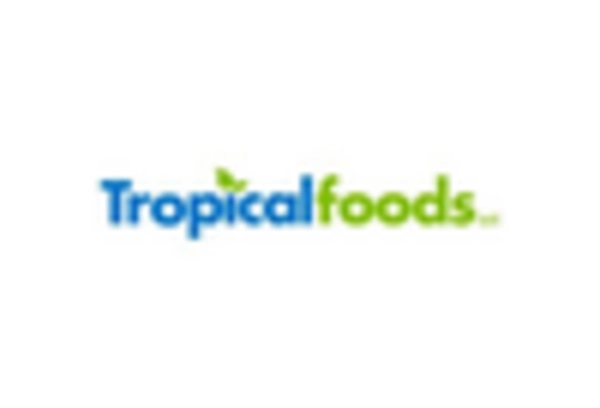
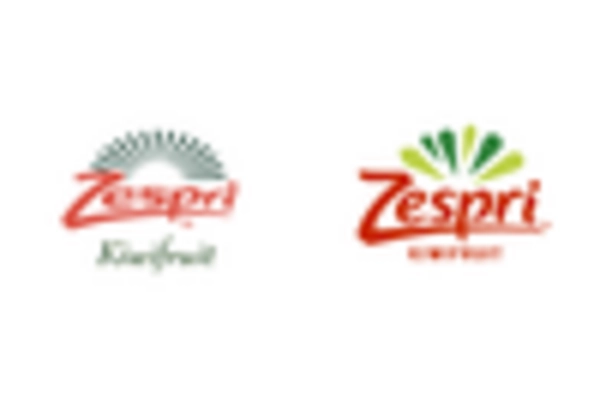








Leave a Comment